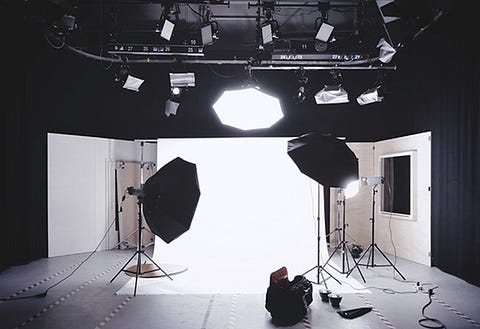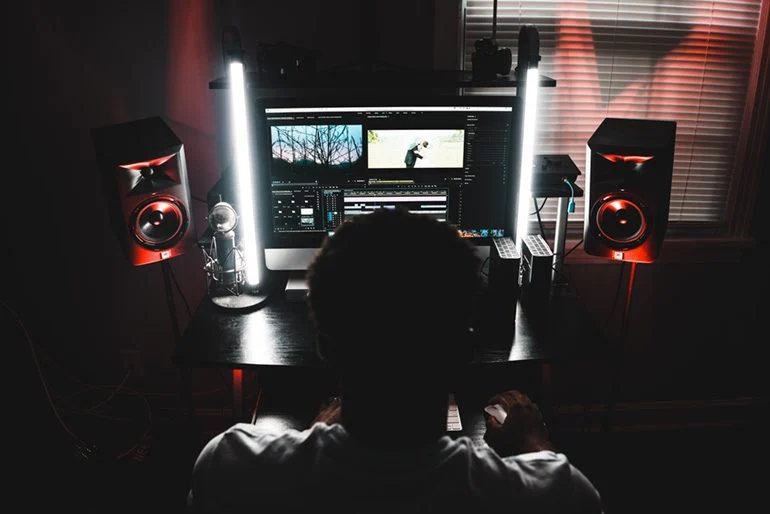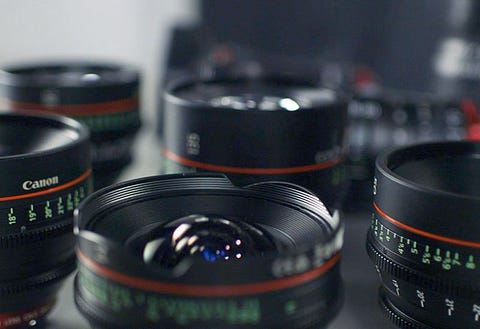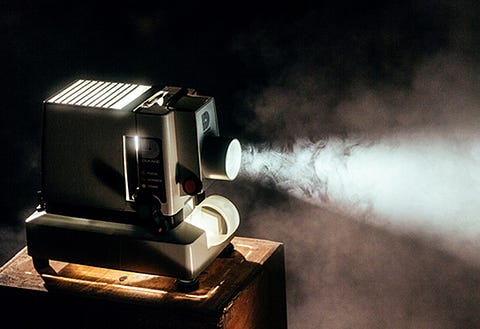
The advent of technology in every facet of the film industry has changed the dynamics completely for aspiring filmmakers. The digital filmmaking process has brought a revolution.
The global film production and distribution market size as of 2023 is $77.2 billion.Talent is crucial, and along with that, you need to acquire the right skills and master every small and big trick that will take you to the zenith of success. Honed with the right skills you can become a professional who takes your audiences’ breath away. In this blog, we discuss the essential film editing techniques that every aspiring filmmaker should know and master to excel in their filmmaking careers.
Techniques To Master The Filmmaking Process:
1.Jump Cuts And Match Cuts
Jump cuts are often seen as mistakes in traditional editing, where a scene appears to jump abruptly because of an awkward cut. However, they can be used deliberately to create a jarring effect or convey a character's state of mind. On the other hand, match cuts are transitions between shots that connect two different scenes or ideas. They are valuable for maintaining continuity and emphasizing visual or thematic connections.
2.Montage
Montage editing allows you to condense time and convey information or character development rapidly. Think of training sequences, where a character undergoes significant growth or transformation in a brief time frame. Montages are also used to depict the passage of time, such as a character's journey through seasons or a fast-paced heist. Learning to create engaging and emotionally resonant montages in film editing courses is crucial for any filmmaker to master the filmmaking process.
3.Cutting On Action
Cutting on action or movement helps maintain the viewer's engagement and the visual coherence of your scene. When characters move or perform actions across shots, cutting during these actions creates a smooth flow. For instance, if a character is reaching for a doorknob, cut to the hand on the doorknob, and then to the door swinging open. This technique ensures that the viewer's attention remains focused, and the action feels fluid.
4.Pacing And Rhythm
Pacing and rhythm are fundamental aspects of editing in the filmmaking process. The pace at which you edit scenes can affect the audience's emotional response. Slow editing can build tension and suspense, while fast editing can create excitement. Experimenting with different editing rhythms and understanding how they influence the viewer's perception can make your film editing courses’ efforts shine throughout.
5.Shot/Reverse Shot
In dialogue scenes, shot/reverse shot editing is a standard technique. It involves alternating between shots of the characters speaking and reacting. This technique keeps the audience engaged in the conversation and allows for subtle character expressions and non-verbal communication to be highlighted. Mastering shot/reverse shot editing is essential for effective dialogue-driven scenes.
6.J-Cuts And L-Cuts
J-cuts and L-cuts are audio editing techniques that add depth to your filmmaking process. A J-cut occurs when the audio from the next shot precedes the video, creating a smoother transition. Conversely, an L-cut has audio from the previous shot extended into the following shot. These techniques help maintain continuity and enhance the emotional impact of scenes. They allow you to manipulate the audience's perception of time and space, making your storytelling more engaging and immersive.
7.Use Of Transitions
Transitions are essential tools for creating smooth and meaningful connections between shots or scenes. Fades, dissolves, wipes, and cuts serve different purposes in storytelling. For instance, a fade to black can signify the passage of time or signal the end of a significant story beat, while a wipe can suggest a change in location or perspective. Knowing how and when to use these transitions effectively can add polish and professionalism to your work.
8.Colour Grading
Colour grading is the process of adjusting and enhancing the colours in your footage to achieve a desired look or mood. It plays a crucial role in setting the tone and atmosphere of your filmmaking process. For example, warm colours can convey comfort and nostalgia, while cooler tones may evoke a sense of detachment or unease. Learning to manipulate colours through grading is a skill that can help you convey emotions and enhance the narrative impact of your film.
Start Your Filmmaker Journey At WWI Extension
The techniques mentioned above play a crucial role as they set the foundation for your filmmaking process. It’s imperative for you to know them and be able to apply them in your work. However, mastering these techniques takes time and practice. Studying the works of experienced editors and taking up online film editing courses can provide you the aid. As you develop your editing proficiency, you'll find that you can effectively convey your unique storytelling vision on the big screen. If you are looking to begin your filmmaking career or are already into it, and looking to add up a notch, we at WWI Extension can help you reach the zenith of your filmmaking career that you have been looking for since you started reading this guide.
We provide video-based lectures with transcripts that explain the theories and concepts of filmmaking.
Film editing course offered by us:
Advanced Certificate Program in Filmmaking
It’s a self-paced 60+ hours online course that covers the various aspects of filmmaking such as screenwriting, producing, cinematography, editing, production design, direction, sound design, and more. Along with that our Programme also provides you with live sessions with industry experts
Reference Links:
www.nfi.edu/foley-artist
www.sound-ideas.com/Page/what-is-foley
www.studiobinder.com/blog/what-is-a-foley-artist
www.nfi.edu/foley-artist
www.sound-ideas.com/Page/what-is-foley
www.studiobinder.com/blog/what-is-a-foley-artist


